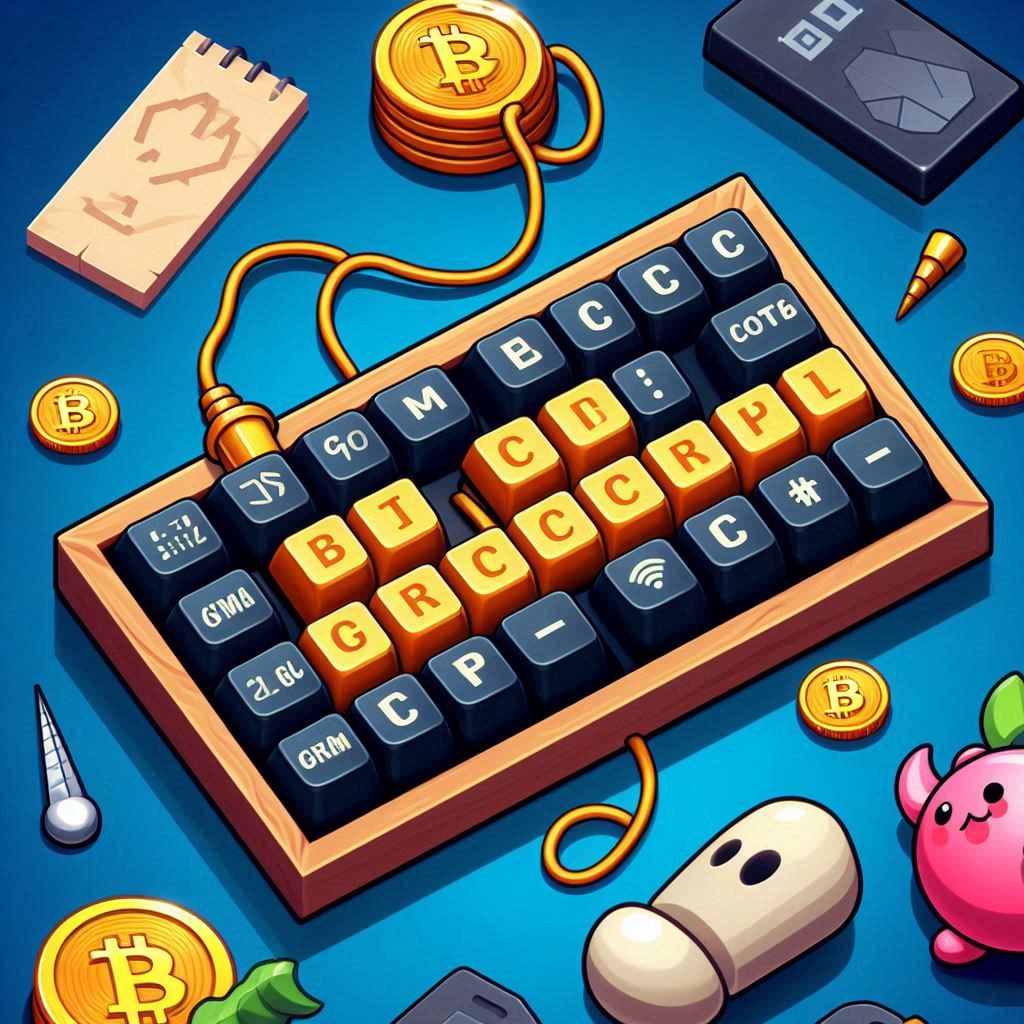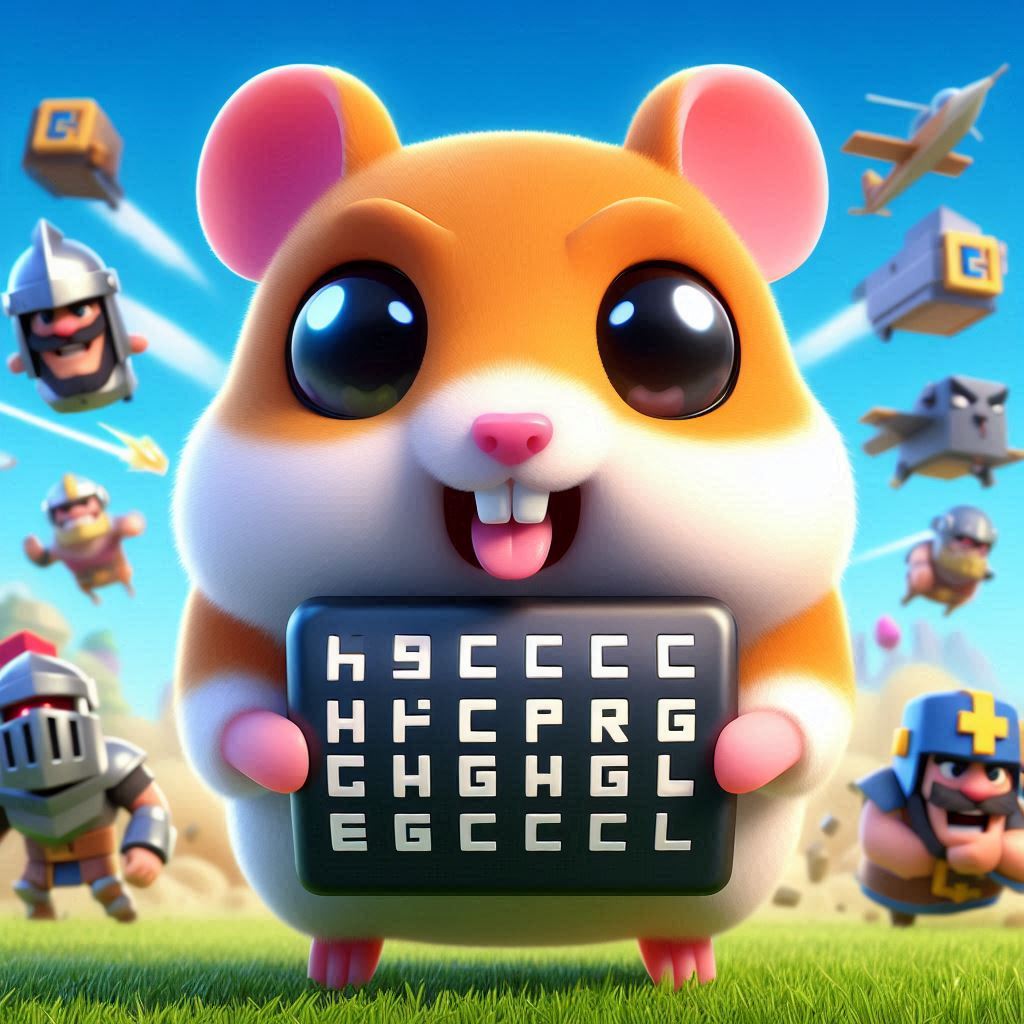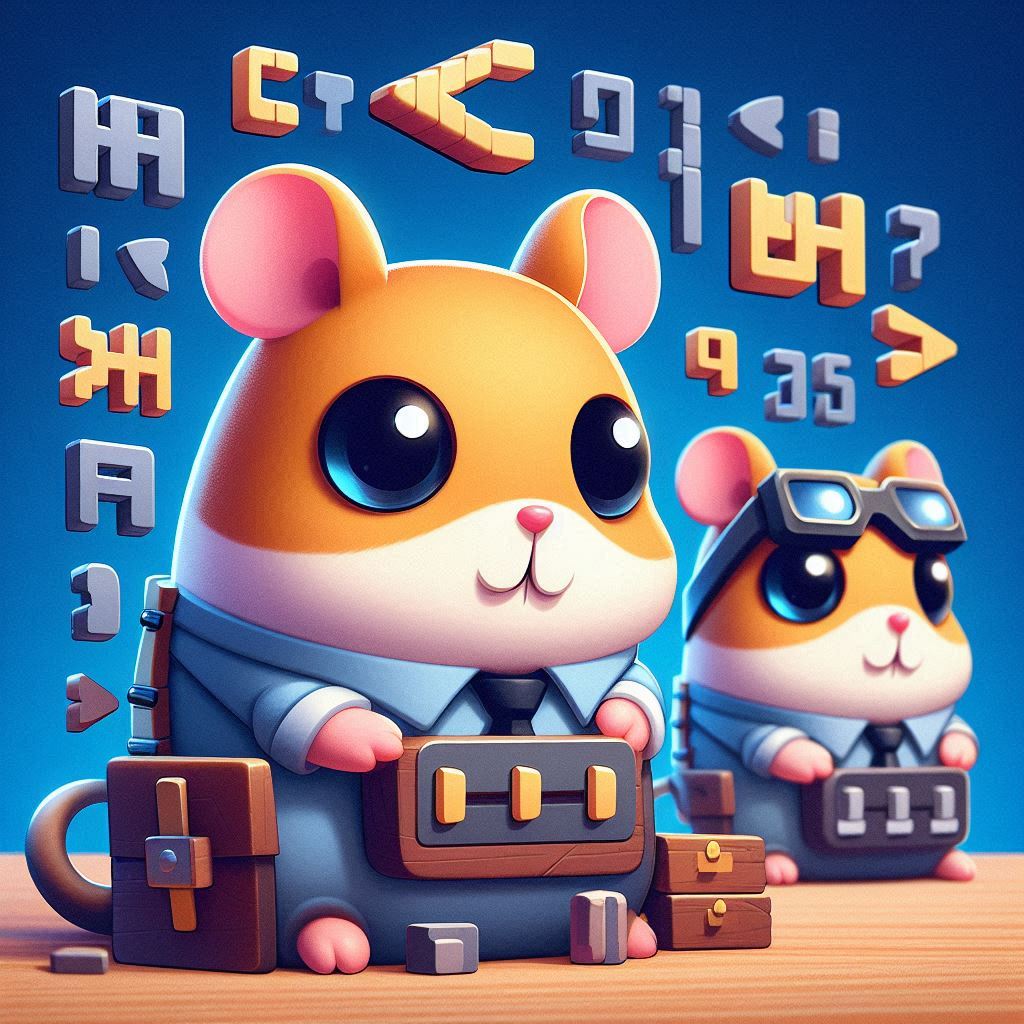Morse Code
Morse Code is a communication system that uses a series of dots and dashes to represent letters and numbers. Developed in the 1830s and 1840s by Samuel Morse and Alfred Vail, Morse Code revolutionized long-distance communication and played a crucial role in maritime and military operations. The simplicity of Morse Code lies in its binary nature, where dots represent short signals or “dits” and dashes represent longer signals or “dahs.” By combining these elements, Morse Code can convey messages using a variety of analog or digital signaling methods.
Morse Code was widely used in telegraph systems, allowing operators to send messages over long distances using electrical currents. It became a universal language for communication, enabling people around the world to connect and exchange information. Despite being an older communication technology, Morse Code remains relevant and fascinating today. Its simplicity and efficiency make it useful in various applications, including emergency signaling, amateur radio, aviation, and cryptography.
Morse Code’s role in cryptography cannot be overlooked. During World War II, it played a crucial part in secret messaging and encoded transmissions. Today, enthusiasts and hobbyists continue to explore the art of encoding and decoding messages using Morse Code. Learning Morse Code can be an exciting and rewarding endeavor. Many resources, including websites, mobile apps, and online courses, offer tutorials and practice exercises for mastering this timeless communication system. The benefits of learning Morse Code extend beyond historical interest. It can enhance cognitive skills, improve focus and concentration, and provide a unique way to connect with the past while exploring modern communication technologies.

Morse Code’s efficiency and reliability have made it an enduring method of communication, even in the age of advanced technology. It can be used when other forms of communication are unavailable or unreliable, making it a valuable skill for outdoor and emergency situations. Morse Code’s influence can be seen in various domains, including popular culture. It has appeared in literature, music, movies, and even video games, adding an element of mystery and intrigue. The versatility of Morse Code has led to its integration in modern technologies. For example, some assistive communication devices for individuals with disabilities use Morse Code input methods, enabling them to communicate more effectively.
As a historical and cultural artifact, Morse Code has been recognized by UNESCO as an Intangible Cultural Heritage of Humanity. Its significance and impact on global communication make it a fascinating topic for exploration and preservation. Morse Code enthusiasts and organizations dedicated to its preservation organize events and competitions worldwide. These gatherings provide opportunities to showcase skills, exchange knowledge, and celebrate the enduring legacy of Morse Code.
Morse Code’s influence extends beyond traditional communication methods. In the digital era, it has found applications in areas such as computer programming, where it is used in error correction codes and binary data transmission. Morse Code’s simplicity and concise representation of information make it a valuable tool for signal processing and noise resistance. Its binary nature allows for efficient transmission and decoding, making it suitable for various technical applications. The enduring appeal of Morse Code lies in its elegant simplicity and historical significance. It serves as a reminder of humanity’s ingenuity and the ways in which we have overcome communication barriers throughout history.
In conclusion, Morse Code remains an important part of our cultural and technological heritage. Its impact on communication, cryptography, and various fields is undeniable. Exploring Morse Code can provide a deeper understanding of our past while offering practical applications and a unique way to connect in the present.

Here are some other topics related to Morse Code:
1. International Morse Code: Morse Code is an international standard, allowing people from different countries to communicate using a common set of symbols. It enables individuals to transmit messages effectively, regardless of language barriers.
2. Morse Code Variants: While the International Morse Code is the most widely used, there are variations specific to different regions and languages. These variants may include additional characters or modifications to accommodate specific linguistic needs.
3. Morse Code Operators: In the early days of telegraphy, Morse Code operators were skilled individuals who translated messages by listening to the sound of the dots and dashes. Their expertise in decoding Morse Code enabled efficient and accurate communication.
4. Morse Code Devices: Various devices have been developed to facilitate Morse Code communication. These include telegraph keys, which operators use to input Morse Code signals, as well as sounders, buzzers, or lamps that produce audible or visual output.
5. Morse Code Timing: The timing of dots and dashes in Morse Code follows a specific pattern. A dot is typically one unit in duration, while a dash is three units. The space between symbols within a character is one unit, and the space between characters is three units.
6. Morse Code Distinctions: Morse Code distinguishes between uppercase and lowercase letters, numbers, punctuation marks, and special characters. Each character has a unique sequence of dots and dashes, allowing for precise communication.
7. Morse Code SOS: One of the most well-known Morse Code sequences is SOS (· · · – – – · · ·). It is recognized internationally as a distress signal and has been used by individuals in emergency situations to call for help.
8. Morse Code and Radio: Morse Code played a significant role in early radio communication. Radio operators used Morse Code to transmit messages across long distances, and it was a standard requirement for obtaining a radio operator’s license.
9. Historical Significance: Morse Code was instrumental in connecting people across continents and played a significant role in important historical events, such as the sinking of the Titanic, where Morse Code distress signals were sent to nearby ships.
10. Morse Code Decline: With the advent of more advanced communication technologies, such as telephones and digital messaging, Morse Code usage declined. However, it remains an important part of communication history and is still used by amateur radio enthusiasts and in niche applications.
11. Morse Code in Aviation: Pilots and air traffic controllers were once required to learn Morse Code as part of their training. While it is no longer a standard requirement, some pilots and air traffic controllers still maintain Morse Code proficiency for backup communication purposes.
12. Morse Code in Military: Morse Code was widely used by the military for secure communication during World War I and World War II. It allowed for covert messaging and was an essential skill for soldiers, intelligence personnel, and codebreakers.
13. Morse Code Preservation: Organizations and enthusiasts dedicated to preserving Morse Code’s legacy continue to promote its use, offer training programs, and organize events to ensure its continued relevance and appreciation.
14. Morse Code in Space: Morse Code has even made its way beyond Earth. NASA’s Voyager spacecraft carried a golden record containing various sounds and images representing Earth, including a recording of Morse Code messages.
15. Morse Code and Accessibility: Morse Code’s simplicity and tactile nature have made it useful for individuals with disabilities. It has been used as an alternative means of communication for people with conditions that affect speech or motor skills.
16. Morse Code in Popular Culture: Morse Code has been featured in literature, movies, and music, adding an element of mystery, intrigue, and historical context. Its distinctive rhythm and symbolism have captured the imagination of many creative works.
Morse Code continues to be a fascinating aspect of communication history, offering insights into our past and demonstrating the enduring impact of effective messaging systems. Today, you may have heard Morse code more than before. These days, in the recent wave of the Hamster Kombat game, which is a Telegram bot and is considered a kind of Tapbot and is active in the field of cryptocurrency, you have heard the word Morse code.

In the field of digital currency games and games through which you can Earn Money, our game development team has created a 3D Android game under blockchain technology, where players can earn money by competing with each other in addition to having fun. You can download our game from Google Play Store through this Link. Subscribe to our YouTube channel for more information.



